The changes made to superannuation borrowing arrangements announced by the Superannuation Minister Chris Bowen last week has been seen as an amendment raising more questions than answers by certain superannuation industry practitioners.
According to Alpha Structured Investments founder Tony Rumble the changes leave doubt over the use of unlisted and self funded gearing by superannuation funds and specifically self-managed super funds (SMSFs).
"The new rules draw a bright line between the so-called 'traditional' installment warrants, for example ASX listed installments, and other types of SMSF gearing. DIY gearing into super and gearing products which aren't listed and the ASX are now seriously in doubt," he said.
The area that will cause SMSF trustees most concern is the ruling that individuals using traditional installment products will be viewed as owners of the asset pertaining to the borrowing arrangements absolving them from capital gains tax when the loan has been repaid, Rumble said.
"But the changes also clearly state that the ATO view unlisted and DIY instalments as potentially giving the instalment trustee an interest in the underlying asset - meaning that it's not clear that the investor can claim a tax deduction for interest expenses, and also making it possible for the ATO to impose capital gains tax when the loan is repaid," he said.
"Unless the industry can convince the government to change its mind, the only sensible course for investors will be to limit themselves to ASX listed installments," Rumble said.
In addition Townsends Business & Corporate Lawyers believes the announcement did not clarify if gearing arrangements to acquire real estate were considered financial products.
According to the law firm this situation needs to be resolved so all parties involved know who it is that has to issue the product disclosure statement.





